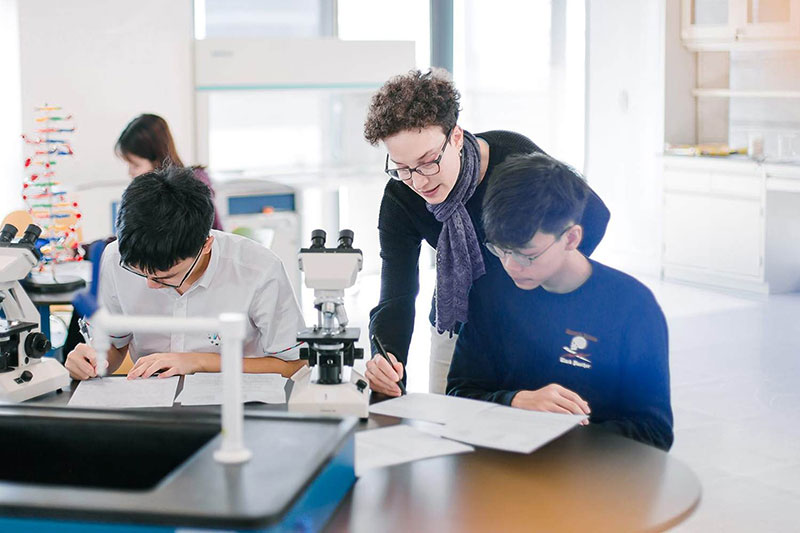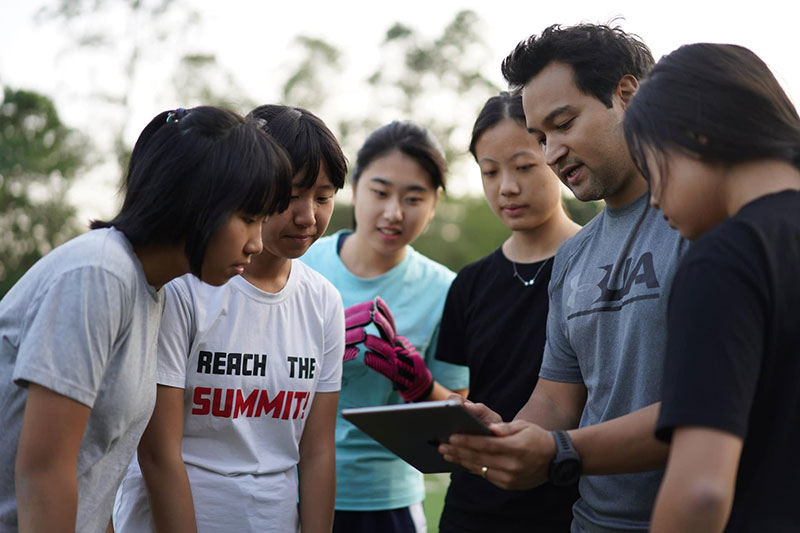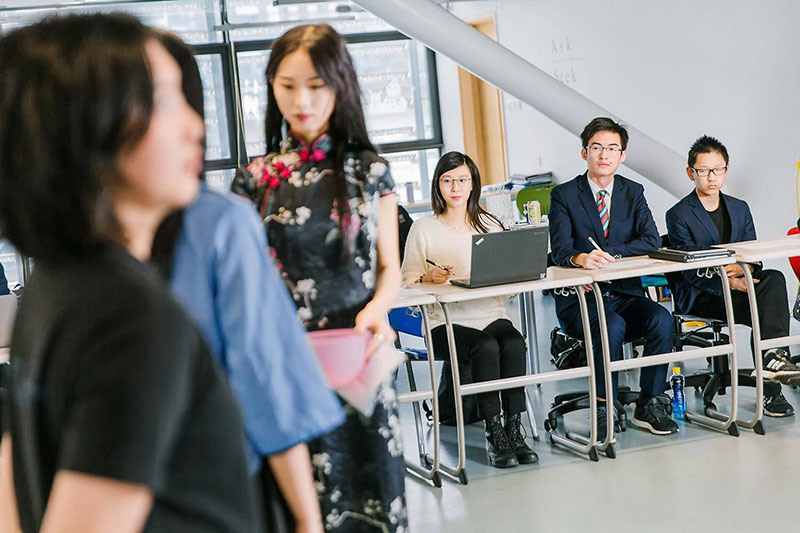 Why should we personalize education?
Why should we personalize education?The question should be why not? Every student has their own unique strengths, experiences, and interests. Some may be excellent at algebra while others struggle with basic computation. However, ever since the start of the Industrial age, schools have been designed to primarily focus on standardized sets of curricula, assessment and block periods, rather than let students explore their potentials. In the day and age of AI (artificial intelligence), it is now possible to break the boundaries of the limitation of space, time and content. Generally conceptualized as tailoring learning experiences to meet individual students’ needs and interest, personalized learning moves beyond the industrial one-size-fits-all schooling to a model that recognizes that all students have different strengths and challenges.
- What does it mean to personalize education?
Personalized learning refers to learning experiences in which the pace (speed of learning) and the approach (method of learning) are adjusted to meet the needs of individual students and in which the learning is tied to students’ interests and experiences. By using the following framework, we can imagine personalization of learning as the process of giving multiple options, content density, time length, locations and perspectives in the way we structure our curriculum and courses. At VMA, we are starting with personalization from the classroom by having teachers differentiate their instructional strategies to best fit each student’s learning needs. This can be seen in math classes with the use of Kahoot for formative assessments or in our world language classes when teachers follow up with students individually on their class assignments via PowerSchool. The practice of personalized learning thus starts with this.

 The future of personalized learning
The future of personalized learningSo what does the future of personalized learning look like? Simply put, imagine if each student had their own teacher who can provide instructions, deliver segments of their courses at their own pace and time to accomplish and apply the scenarios that might suit their context for learning. That’s what we foresee as a truly personalized form of learning. In a personalized system, students are receiving instruction exactly at the point where they need it.
When it comes to what we have done to accomplish personalized learning, our school has taken on the design elements as follows:
By establishing a learner’s environment in the school, we try and give students as much flexibility in choosing both their choices of academic subjects, including AP's and Cambridge courses and extracurricular activities. VMA currently has over 200 different courses and 60 student clubs ranging from Beat-Box interest group to robotics club.
In addition, student intervention towards their mental well-being is being supported by our very own Student Wellness Centre (SWC) whereby our qualified counsellors spend time each week with students who needs the extra support to deal with anxiety, depression, etc. In addition, our teachers typically align the course designs with the goals of our students and track their progress throughout with formative assessments, either through projects or written assignments. With an emphasis on project-based learning, our teachers typically guide students in learning the fundamental issues behind a problem. Students then work together in groups to research deeper onto the issue and come up with solutions that matter. This is prevalent throughout our courses at VMA and we believe can best achieve the personalization towards each student’s interest and experiences as they learn things that go beyond their classrooms.
- Contact Us
33 Huanmei Road, Yantian District, Shenzhen, Guangdong, China, 518000
www.vma.edu.cn | vma@vma.edu.cn
Admissions:(+86)0755 66618494 / 66618495 / 66618508 / 66618497 (VMAA)
HR:(+86)0755 22747965
AO:(+86)0755 66618500
- Quick Navigation
- Scholarship
- FAQ
- Apply for admission
- Join Us
- Meet the Team

Official WeChat of Vanke Meisha Academy

Official WeChat of VMA Admissions Office

WeChat of Admissions Counselor